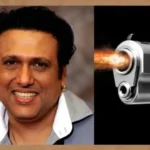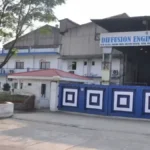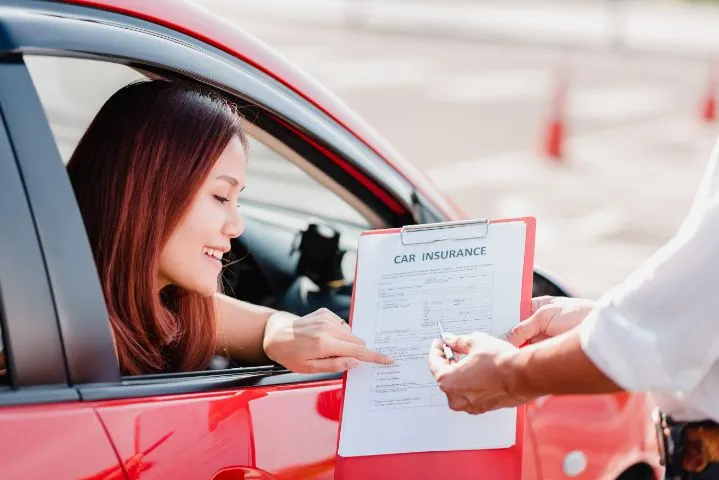Envision yourself in a fast-paced scenario when you press the brakes and discover a malfunction. Such an event might take even a seasoned driver by surprise. The brakes on your car are an essential safety element that lets you slow down or stop. Thus, having a brake failure while driving can put you at risk.

Knowing ahead of time what to do in the event of a car brake failure will help you manage the situation more effectively and prevent an accident. It’s always a good idea to be prepared, so don’t forget to get comprehensive auto insurance, which can shield you from any mishap and offer roadside assistance if you break down.
Reasons for a Brake Failure While Driving
There are some common causes of brake failure that make a braking system less effective. Now let’s look into it.
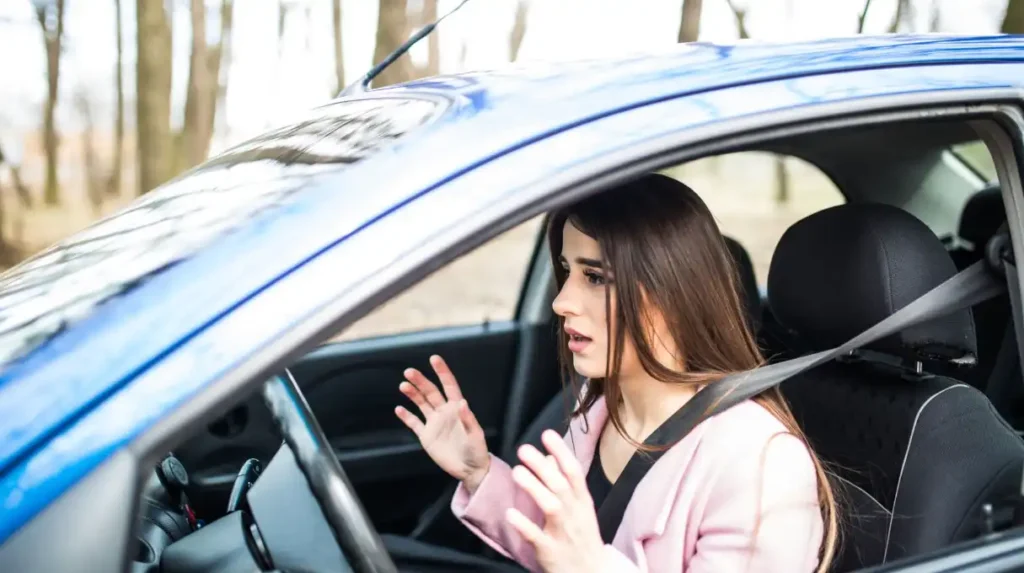
● inadequate brake fluid or grease. This could happen as a result of an oil leak if the oil seal is compromised.
● brake power loss as a result of overheating.
● Worn-out brake pads
● Blockage in the brake master cylinder
Signs of a Brake Failure While Driving
Brake failure may be avoided if you pay attention to some symptoms of brake failure and take appropriate action to these symptoms.
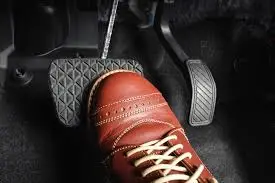
● The lights on the anti-lock braking system will come on.
● A drag is felt while accelerating.
● When applying the brake, there is a pulse in the brake pedal.
● When the brake is applied, a clicking or squeaking sound is audible.
● The car pulls to one side.
Things Not To Do After Brake failure:
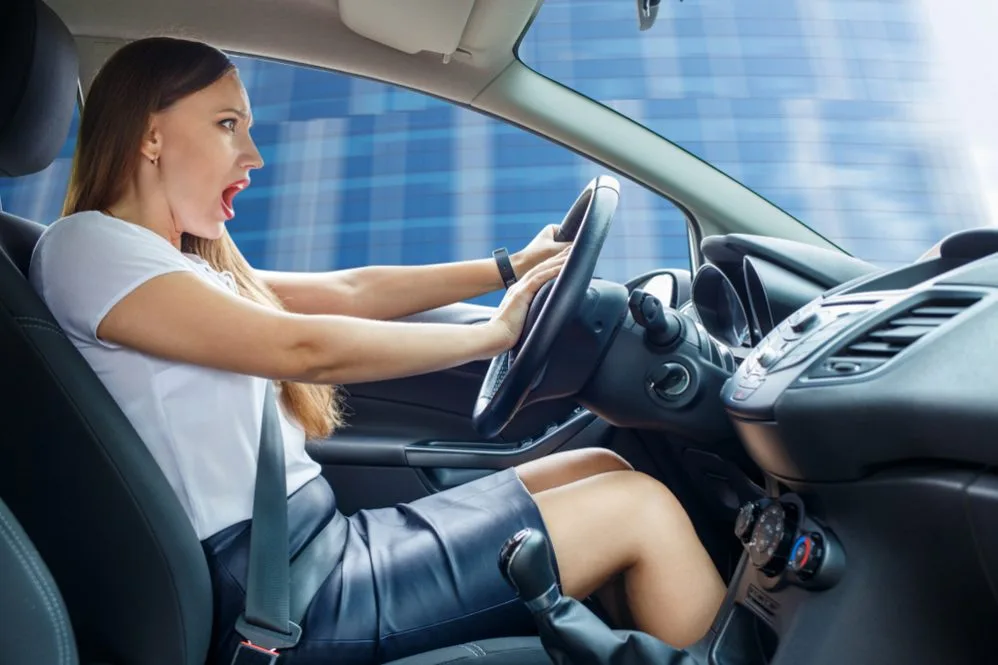
1. DON’T PANIC:
The first thing to do when you discover that the brake system in your car has failed is to remain calm. In order to think of a way out of the situation, it is best to remain composed and rational.
2. DON’T CHANGE TO LOW GEAR QUICKLY:
Avoid abruptly shifting from fourth to first gear. It may cause your car to skid and it will be even more difficult to control and stop a car with no brakes.

3. DON’T TURN THE CAR OFF:
This will again cause skidding. In the event that you turn off the car before it stops, the engine brakes and power steering will not work. You will lose full control of the car in this way. Thus, never switch off the engine before coming to a stop.
4. DON’T USE EMERGENCY BRAKES IN HASTE:
Applying the emergency brake too quickly could result in skidding. It should only be engaged after lowering the brake pedal and downshifting.
What to do When Your Brakes Fail While Driving?
In the event that your car’s brakes fail, how should you handle car brake failure? In this kind of situation, the following advice can be useful.

1. PUT ON THE WARNING LIGHTS:
To get other drivers’ attention as you pass, turn on your warning lights and keep honking. Let them know that, you are facing some issues with your car. You’ll be able to move past other vehicles and gain more room on the road thanks to the warning.
2. TRY PUMPING THE BRAKE PEDAL:
The dual braking system of modern cars allows the front and rear brakes to be controlled separately. If you continuously pump the brake pedal, it may create brake pressure and may engage half of the brake. This will be sufficient to slow down and stop the vehicle. This is one of the remedies after a brake failure in the car but this remedy might not work, though, if both braking systems have failed.
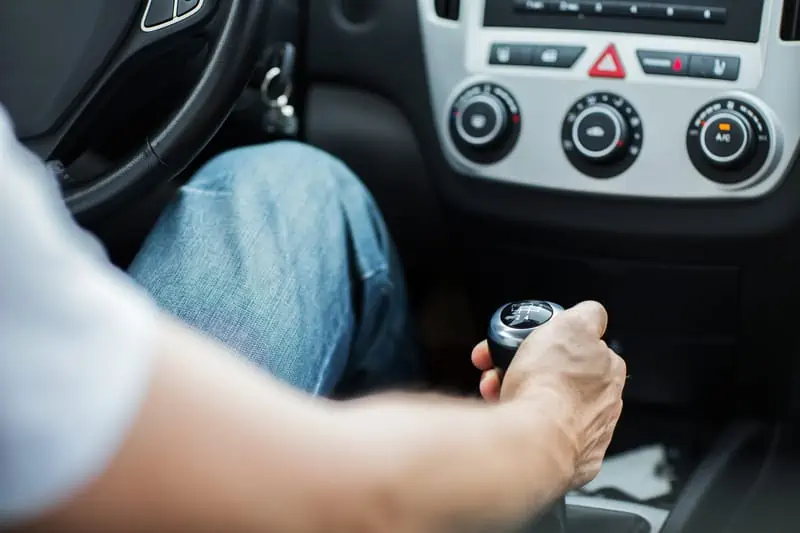
3. GRADUALLY SHIFT TO A LOW GEAR:
Use engine braking to reduce the vehicle’s speed if the brake system is totally nonfunctional. One at a time, shift into lower ratios after releasing the accelerator. In automatic vehicles, lowering a gear is accomplished with the paddle shifter. Recall to complete each task one at a time.
4. CAREFULLY EMPLOY EMERGENCY BRAKES:
Emergency brakes may also help you to solve the brake problem while driving. Emergency brakes are different from the braking system. While it might assist you in bringing your car to a stop, it will take a little longer. Keep in mind that doing so cautiously and slowly could cause the car to spin. If it starts to spin, release the emergency brake.

5. MOVE AWAY FROM THE TRAFFIC:
If you are on a busy road and the brakes fail on the car then try changing lanes and moving away from the traffic. Try driving on an uneven surface or creating friction by rubbing the car’s body against any form of barrier to slow it down, if at all possible. Put your car in neutral after it has slowed down.
6. CALL FOR ROADSIDE ASSISTANCE:
If your auto insurance includes roadside assistance, make a call for help once you’ve managed to bring your vehicle to a stop. It will also take care of the repair, schedule a drive to your destination, and provide towing services.
How to Prevent Brake Failure While Driving?
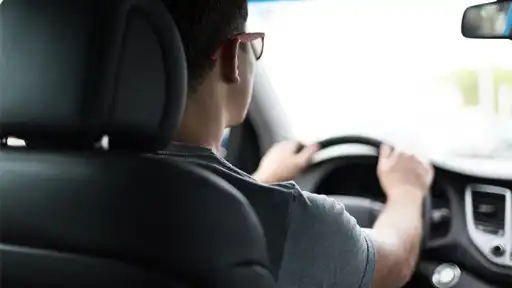
Loss of brake pressure is the main reason for brake failure. The reason for this is worn-out brake pads. As a result, you must regularly service your car’s braking system and pay attention to how the brake feels for your safety.
Make sure you regularly inspect the master cylinder, brake fluids, oil seals, and brake pads. If you’re not sure, it’s advisable to get it professionally inspected on a regular basis. To prevent problems, always remember to perform routine auto maintenance.
CONCLUSION
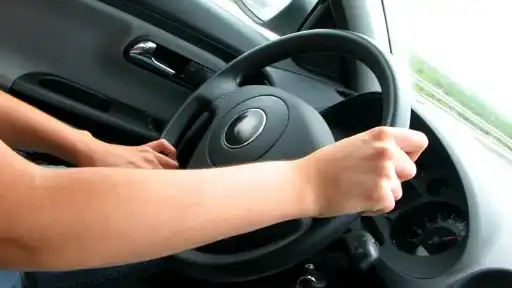
Stay calm and follow the above-mentioned tips if ever you are caught in a situation of brake failure. Keep in mind that “Prevention is always preferable to Cure.” Pay special attention to how responsive your car’s brakes are.
If you notice warning signs of brake failure, do not ignore it and seek professional help. Finally, invest in good car insurance with a road assistance add-on included.
Read also: Top 7 Most Beautiful Women in the World 2024 – Celebrities Who Define Beauty




